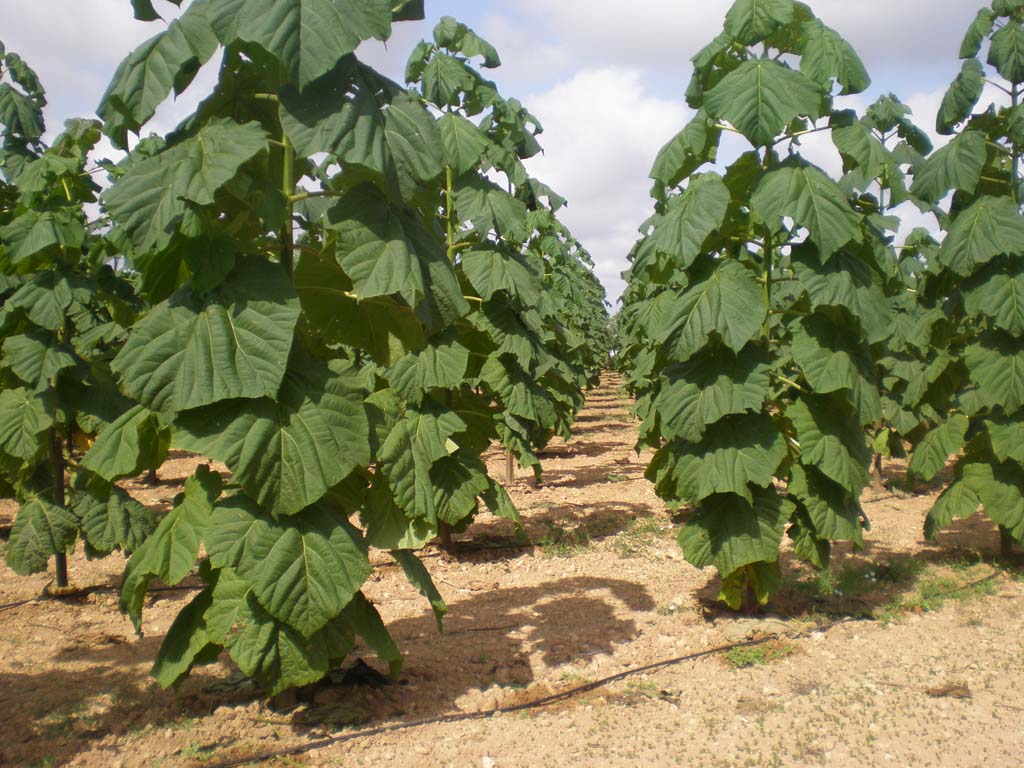Climate change challenges global agricultural systems with hotter temperatures and altered rainfall patterns, and understanding how plants cope with heat and drought stresses has direct applications in adapting for a warmer future. A new paper by CSUN Professor of Biology Chhandak Basu, Basu Lab alumni Dinesh Gupta and Niveditha Ramados, and collaborators at the University of Arizona and Vanderbilt University dives into the gene expression changes that help Paulownia elongata, a rapidly growing tree with big potential as a biofuel and timber crop, cope with heat stress.
The paper, published last month in the journal Plant Gene, reports analysis from RNA sequencing of Paulownia elongata seedlings exposed to 24 hours of heat stress (40°C, or 104°F) or at room temperature (25°C, or 77°F). Messenger RNA, or mRNA, is transcribed from DNA in order to produce proteins, so sequencing the total mRNA present in a heat-stressed plant and comparing it to the mRNA of a non-stressed plant can identify which genes are in active use under each of the two conditions. Genes that are in use under heat stress but not in the control condition, or in use in the control condition but not under heat stress, may be involved in coping with heat at the molecular level.
The data do indeed find that genes more active in heat-stressed plants had molecular ties to metabolic responses to heat seen in more usual experimental model plants like Arabidopsis. The heat-stressed plants also showed reduced activity of genes involved in photosynthesis, consistent with the results of heat stress damage to chloroplasts, and genes involved in ribosome assembly, which is reduced under heat stress to avoid producing misfolded proteins when temperatures get too high.
The full paper is available on the journal website.
Image: Paulownia elongata saplings in a nursery. (Wikimedia Commons; Bazsek)

